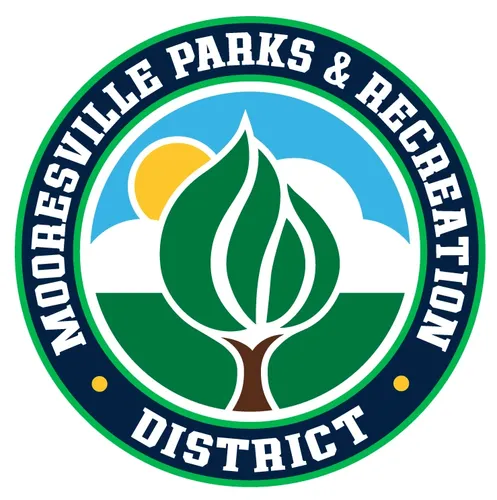MCC Party Perspectives – TIF Districts
Q: TIF districts: Looked at as a boon to local economic development by proponents, who point to the many improvements enjoyed by the citizenry and projects that would otherwise go unrealized; opponents, however, often label them as a dangerous slush fund for local government while taking tax dollars from other local entities that could use the money. Still others contend TIF districts are well intended but ripe for abuse and wasteful spending by local officials. So what say you? What is your view of TIF districts, and their increasing use by local government entities?
Morgan County Libertarians
Tax Increment Financing (TIF) has some good uses, but the potential for misuse is all too common.
The TIF concept is a government tool used to reinvigorate a neglected part of town or to implement infrastructure upgrades. Money is borrowed against the improved future value of the district to make these improvements. This “locks in” the tax revenue to the taxing entity for that district at the current level. This base levy is frozen until the TIF bond is repaid, or until the agreed upon contract expires. This often has the side effect of pushing additional future tax levy increases to the properties outside the district.
Any additional tax levy above that area’s locked-in amount is diverted to the redevelopment commission in order to pay the loan. In theory, this is a good way to borrow the necessary money to improve the infrastructure and overall value of the district. When the additional TIF revenue pays off the bond, the newly improved property tax level is released back to the taxing entity. This allows those tax dollars to be
used for things like school systems, police and fire services, while normalizing the tax burden that had
previously been shifted away from the district.
Unfortunately, TIF is often used to give handouts to businesses so they relocate within the taxing district. This allows companies to shift the startup risk to taxpayers. The governing bodies can be allowed to pick winners and losers by helping company A, but not company B. When a deal falls through, as recently happened in Mooresville, it leaves taxpayers holding the bag.
TIF originated in California in the ‘50s, but they have recently begun severely limiting the use of TIF as many municipalities over-districted their towns and overspent, driving them to the brink of bankruptcy.
It quickly became a government piggy bank used to fund a variety of frivolous projects. As citizens saw
their taxes rise, those taxes were being diverted to TIF, drying up the revenue available for the towns to
operate their basic services. This can be especially problematic in Indiana, where we have constitutionally limited property tax rates.
TIF can be used to fund larger, much needed projects, which couldn’t be financed any other way. To be used responsibly, however, the bonds related to those TIFs need to be paid off, not extended, and district revenues returned to general taxing units as soon as possible.
~ Response by Danny Lundy, Chair of the Libertarian Party of Morgan County
Morgan County Democrats
I count myself among those who believe that TIF districts are generally a good thing for rural communities such as ours, if they prove in the long run not to be detrimental to the needs of other taxpayer funded entities, and they are managed well.
I believe ultimately time will tell how the story plays out in Morgan County. The Morgan County Redevelopment Commission has more than met the mark over the last many years in preparing for these projects, holding public meetings, providing opportunities for citizens to have a voice, etc. There will always be a faction of people who believe that no taxpayer money should be used for projects such as these. There’s not a lot you can do to change those minds.
But TIF districts, on their face, have all the elements of a good thing for small communities in desperate need of economic development projects, which would otherwise be impossible to attain.
Indiana law states that Indiana’s TIF districts must pass the “but for” test, in that but for the money allocated from TIF, the money would simply not be available for said projects. TIF funds provide an
avenue for development in otherwise blighted areas. The potential problem is that tax revenue that is allocated for projects in the TIF districts is not going to other areas such as the school district.
In the 2019 Winter edition of the Indiana School Board Association’s, The Journal periodical, Sherri K.
Flynn, MBA and Department Chair of Ivy Tech Community College Evansville Campus, gives a detailed and relatively easy to follow explanation of the potential problem. In short, money allocated for schools can be capped for the life of the TIF project, so that school systems are not able to keep up with costs that increase year after year due to typical inflation. Money that would be given to schools is essentially “harvested” for the TIF projects.
Even still, in my opinion, the various TIF projects throughout Morgan County have been a positive thing for our communities. We have needed to step up our game for quite some time.
To me, it goes beyond political parties and affiliations and is more about what is good, overall, for a community. So long as the projects continue to be managed properly, and the funds are used for the intended purpose, I see no problem with TIF districts as a whole.
~ Response by Natalie Coffin, Chair of the Democrat Party of Morgan County
Morgan County Republicans
Tax Increment Financing, or TIF, is one of the few economic development tools we have as Hoosiers to attract jobs and capital investments to our communities.
In addition to my role as Republican Party Chair, I also serve as the President of the Morgan County
Redevelopment Commission. Here’s my top takeaways on the value of TIF:
- For a TIF Allocation Area to be created or expanded, it must meet the “but for” test. It requires a finding of fact, supported by evidence, that the adoption of the allocation will result in new property taxes in the area that would not have been generated but for the adoption of the allocation area.
- Once the “but for test” is met and a TIF Allocation Area is created, a base assessment date is established. Once that is set, no tax increment is realized by the redevelopment commission until there are improvements made to the property. It’s an “eat what you kill” situation. If we don’t draw new business or capital investments, there’s no tax increment created. The underlying taxing units receive the same taxes they would have received otherwise.
- There’s a lot of misconceptions that TIF revenues and pass-throughs are a 1:1 situation. That’s simply not the case. If a redevelopment commission would pass through some of the assessed value the TIF Allocation Area captures, it simply lowers the tax rate nominally. That doesn’t equate to more tax dollars generated in most scenarios outside of nominal increases to cumulative funds.
TIF is incredibly convoluted and confusing. A redevelopment commission can take the lead on behalf of the county to assist in funding-needed infrastructure, such as roads and public utilities, for economic development projects. This helps by not burdening the other taxing units throughout the county. We’ve been able to make significant improvements to Waverly Town Park, including the Greenway Trail, and have built the Waverly Wastewater Treatment Plant. Another area we are working on is Westpoint Business Park, north of Monrovia, where the commission just amended the plans to ensure additional phases of development are possible in addition to the existing 1Msf building.
It is imperative we, as redevelopment commissioners, are cognizant of the projects we support and are good stewards of the TIF revenues we receive. If not for the creation of TIFs, the projects redevelopment commissions are supporting wouldn’t be made possible.
~ Response by Carole Snyder, Chair of the Republican Party of Morgan County
Opinion published January 25, 2024 in the Morgan County Correspondent



